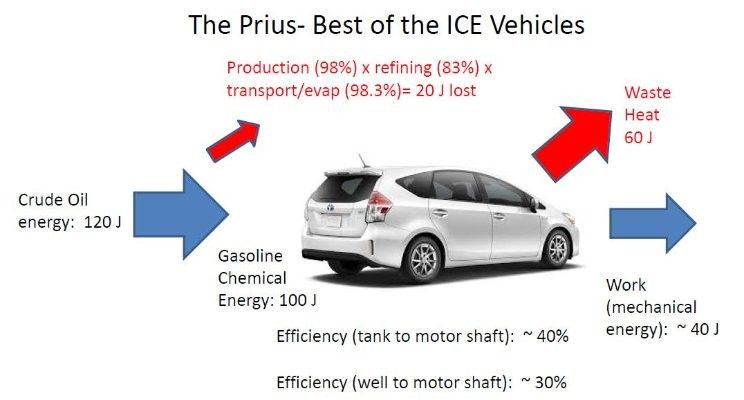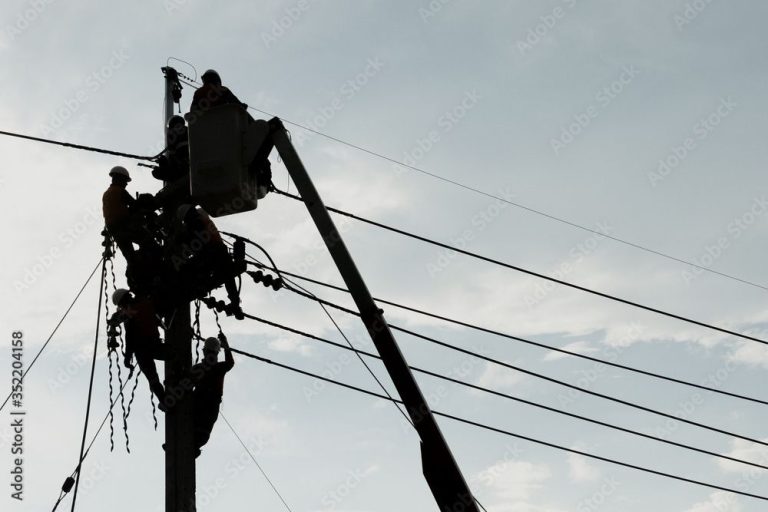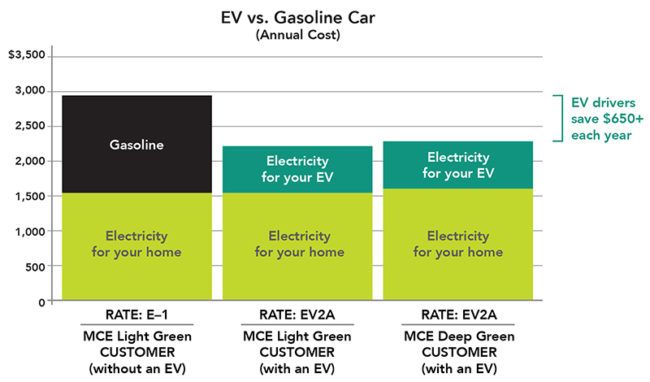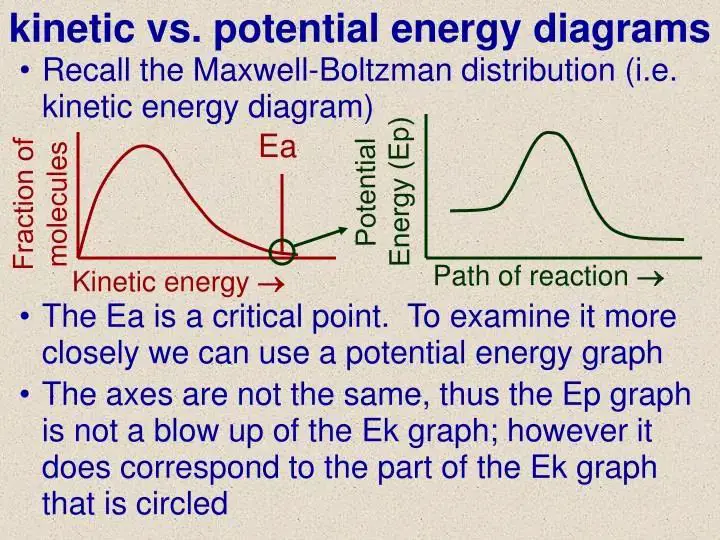What Is The Best R Value For Windows?
What is R-Value?
R-value is a measurement of a material’s resistance to heat flow. It measures how well an insulating material can prevent heat from transferring from one side to the other. The higher the R-value, the better the insulating performance.
R-value is measured in ft2·°F·h/Btu. It quantifies the rate of heat transfer through a material based on the material’s thickness and thermal conductivity. The higher the R-value, the slower the heat transfer.
R-value depends on the thickness and properties of a material. Adding more insulation increases the R-value and the resistance to heat flow. R-value is useful for comparing the insulating abilities of different materials at different thicknesses.
Why R-Value Matters for Windows
Windows are often a major source of heat transfer in a building. During cold weather, heat escapes through windows more quickly than through insulated walls or ceilings. In warm weather, heat from outside enters through windows rapidly. This heat loss in winter and heat gain in summer can lead to discomfort as well as higher energy bills for heating and cooling.
The rate of heat transfer through windows is heavily influenced by the R-value. The higher the R-value, the slower the rate of heat transfer. High R-value windows greatly reduce the amount of heat that is lost in winter and gained in summer.
By installing windows with a higher R-value, you can improve the energy efficiency of your home or building, reduce energy costs, and increase comfort. During extreme weather, high R-value windows can make a very noticeable difference in how well the interior temperature is maintained.
Recommended R-Values by Climate
The optimal R-value for windows depends on the climate where you live. Here are some general guidelines for recommended R-values by climate:
Cold Climates: In cold regions with harsh winters, look for windows with a minimum R-value of 4 or higher. Northern states like Minnesota, Maine, North Dakota as well as Alaska and Canada benefit from R-5 to R-6 windows to help retain heat.
Temperate Climates: For areas with four distinct seasons, an R-value around 3 provides a reasonable balance of insulation from cold winters and heat gain from sunny summers. This includes states like Michigan, Ohio, Pennsylvania, New York.
Hot Climates: In warmer southern states like Florida, Texas, Arizona, go for an R-value around 2. The focus is more on solar heat gain coefficient than insulation from the cold. Low-e coatings also help reduce heat gain.
Consider your heating and cooling needs based on your climate. Maximizing energy efficiency with the ideal R-value windows for your region can yield great long-term savings on utility bills.
R-Value Requirements by Building Code
Building codes include minimum R-value requirements for windows to ensure energy efficiency and occupant comfort. The two most widely adopted model building codes in the United States are the International Residential Code (IRC) and International Building Code (IBC).
The IRC applies to one- and two-family dwellings and townhouses of three stories or less. Under the 2021 IRC, the minimum window R-value depends on the window type and climate zone:
- U-factor of 0.32 (approximately R-3) for single-pane fenestration in Climate Zones 1 to 3.
- U-factor of 0.30 (approximately R-3.3) for single-pane fenestration in Climate Zones 4 to 8.
- U-factor of 0.30 (approximately R-3.3) for double-pane fenestration in Climate Zones 1 to 3.
- U-factor of 0.25 (approximately R-4) for double-pane fenestration in Climate Zones 4 to 8.
The IBC applies to all buildings except for detached one- and two-family dwellings and townhouses. Under the 2021 IBC, windows in nonresidential buildings must meet the following minimum R-values:
- R-2 for vertical fenestration in Climate Zones 1 to 3.
- R-2.5 for vertical fenestration in Climate Zones 4 to 8.
- R-3.5 for skylights in Climate Zones 1 to 6.
- R-5 for skylights in Climate Zones 7 to 8.
These building code requirements establish nationwide baseline R-values. Many jurisdictions amend their building codes to include stricter energy standards and higher minimum window R-values for their climate.
Common R-Values of Window Materials
The R-value of a window is determined by the R-values of the various materials that make up the window assembly. Here are some typical R-values for common window frame and glazing materials:
Glass
Most standard double-pane windows have an R-value between 2-3. Specialty glass options like low-e coatings and inert gas fills can increase the R-value. Triple pane windows can achieve R-values as high as 5-6.
Wood
Wood frames provide moderate insulation with R-values around 2-3 per inch of thickness. High quality wood windows with insulated cores can achieve overall R-values of 4-7.
Vinyl
Vinyl frames have low conductivity and provide good insulation. Typical R-values range from 1.5-2.5 per inch of frame width.
Fiberglass
Fiberglass frames are highly energy efficient with R-values around 4-5 per inch of width.
Composite
Composite frames made from a combination of materials like vinyl, wood, and fiberglass can optimize both insulation and structural performance. Well-designed composites can achieve whole window R-values of 6-8.
Increasing Window R-Value
There are several ways to increase the R-value of windows to improve their insulation effectiveness:
Double/Triple Panes – Adding additional panes of glass with air spaces between them provides additional insulation. Double pane windows have two panes while triple pane have three. The more panes, the higher the R-value.
Low-e Coatings – Low-emissivity (low-e) coatings on glass reflect infrared heat back into a home. This can increase R-values by up to 3 or more depending on the specific low-e coating.
Inert Gas Fills – Filling the space between panes with inert gases like argon or krypton instead of just air can increase R-values by 1 or 2 since these gases conduct less heat than air.
Spacers – The material used to separate multiple panes of glass also impacts the R-value. Insulated spacers like foam provide higher R-values than metal spacers.
Combining multiple panes, low-e coatings, gas fills, and insulated spacers can substantially increase the overall R-value of a window.
R-Value vs U-Factor
R-value and U-factor are two different ways of measuring a window’s thermal resistance or ability to insulate. They are reciprocals of each other, meaning if you know the R-value you can calculate the U-factor and vice versa.
R-value measures the insulation’s resistance to conductive heat flow. The higher the R-value, the better the window insulates. R-values are commonly used in the U.S.
U-factor measures the rate of heat loss. So the lower the U-factor, the better the window insulates. U-factors are commonly used in Canada and Europe.
As a general rule, if you’re evaluating and comparing window products in the U.S., look at the R-value. If you’re in Canada or Europe, look at the U-factor. For a given product, the R-value and U-factor are inversely related – so a high R-value equates to a low U-factor.
It’s also important to note that the insulation value of the entire window assembly matters, not just the glass. Window frames can account for up to 50% of heat loss, so consider the R-value or U-factor of the entire window, not just the glass.
Checking the R-Value of Existing Windows
If you want to find out the R-value of your existing windows, the easiest way is to look for the National Fenestration Rating Council (NFRC) sticker on the inside frame of the window.
The NFRC provides energy performance ratings for windows, doors, and skylights. Any window manufactured and sold in the United States after 2006 should have an NFRC sticker on it.
The NFRC label will clearly state the R-value of the entire window assembly. It may also provide additional details like the U-factor, Solar Heat Gain Coefficient (SHGC), Visible Transmittance (VT), and Air Leakage rating.
If you don’t find an NFRC sticker on your window, you may need to contact the window manufacturer directly to get the R-value. Have the window make, model, and year of manufacture handy. The manufacturer should be able to provide you with the R-value rating of that specific window.
If the R-value is not available, you can get a reasonable estimate by knowing what type of frame (wood, vinyl, fiberglass, etc.) and glass (single, double, triple pane) you have. Typical ranges are R-2 to R-3 for single pane windows and R-1 to R-2 for most window frames.
Checking the R-value of existing windows allows you to evaluate whether replacement windows with higher R-values are worth the investment for your climate and energy usage needs.
Cost Effectiveness of High R-Value Windows
When considering upgrading your windows to higher R-value models, an important factor is cost effectiveness. The upfront investment can be significant, so it’s important to understand the potential return on investment and payback period.
In colder climates, high R-value windows can provide substantial energy savings during the heating season. Studies show that for each 0.1 increase in R-value, heating costs can be reduced by around 1-2%. Going from single pane windows with an R-value of 1 to modern triple pane windows with an R-value of 7 or higher can result in heating energy savings of 30-50%.
For the average home, this can mean over $200 in annual heating bill savings. At this rate, the payback period for new high efficiency windows is typically 5-10 years. After this time, the windows continue providing savings for the rest of their lifespan (typically 20-30 years).
In addition to energy savings, upgraded windows provide other benefits like improved comfort, reduced condensation, and increased home value. When accounting for all factors, high R-value windows can be a smart investment for most homeowners.
Consulting with a professional to evaluate your climate, utility costs, and existing windows is the best way to determine the cost effectiveness of an upgrade. They can provide a detailed return on investment analysis.
Conclusion
When it comes to choosing the right R-value for your windows, the optimal level depends on your climate and specific needs. In general, an R-value between 3-11 is recommended for residential windows in the United States.
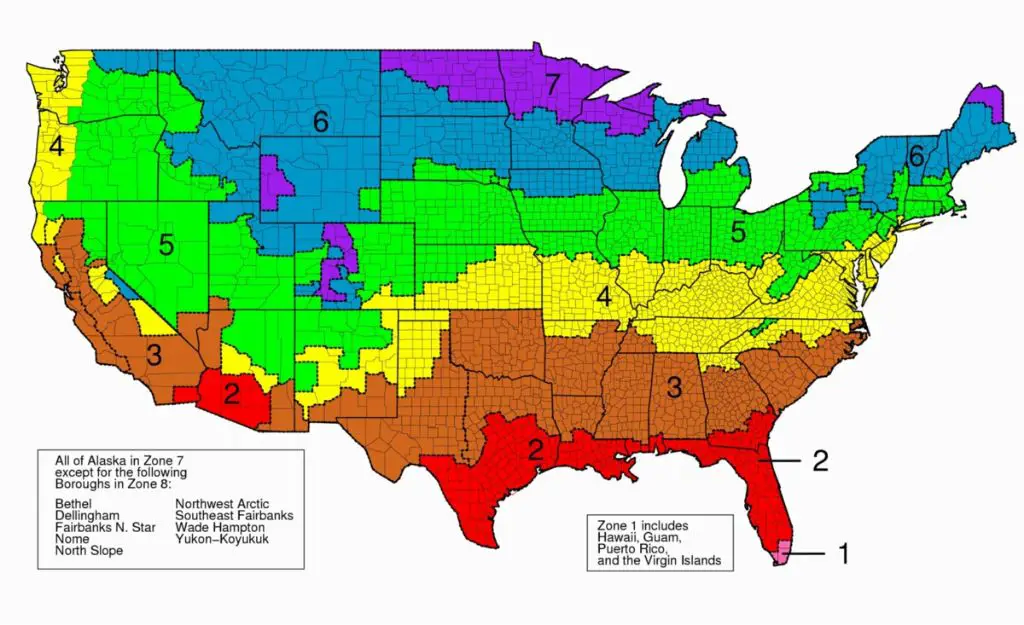
For cold northern climates that experience harsh winters, choosing a higher R-value around R-7 to R-11 can help reduce heat loss and lower energy bills. Insulated vinyl, fiberglass, or wood windows with double or triple panes are good options.
In southern climates with hot summers and mild winters, an R-value around R-3 to R-5 is usually sufficient. Vinyl or aluminum windows work well here, potentially with tinted or reflective glass to reduce solar heat gain.
In temperate climates without extreme winters or summers, an R-value in the R-4 to R-6 range should provide a good balance of insulation and affordability. Double-pane windows are commonly used.
Checking your local building codes is also advised, as they often dictate the minimum R-value permitted. Investing in the highest R-value windows your budget allows typically yields long-term energy savings and comfort.

